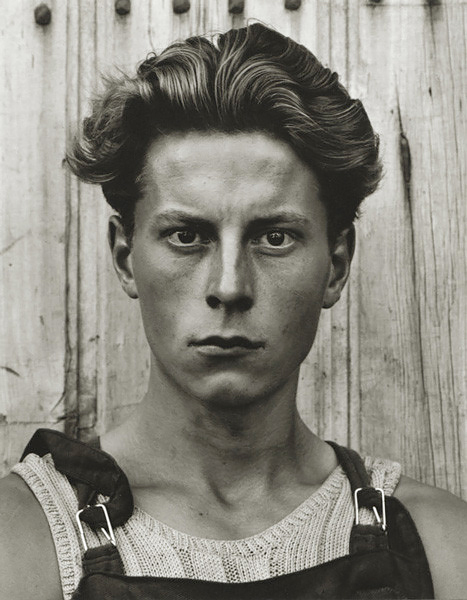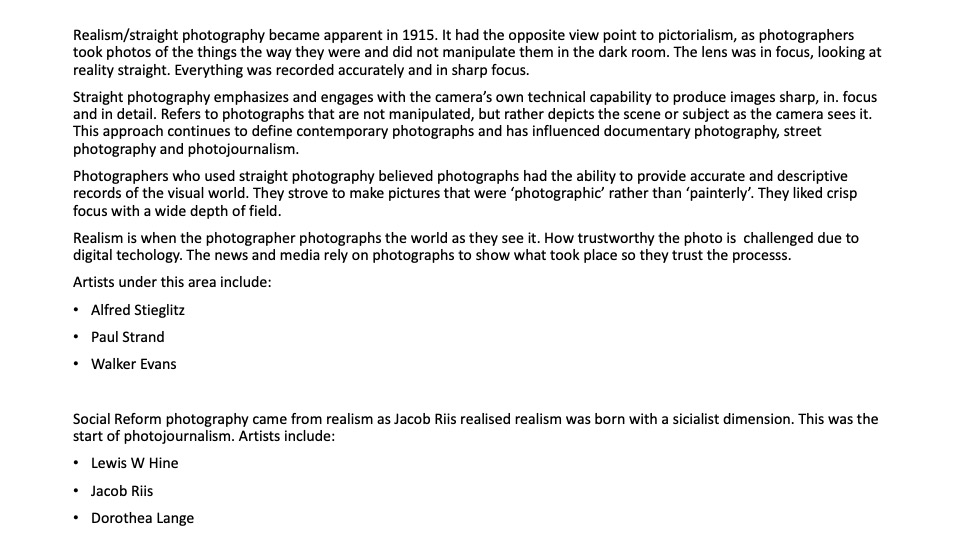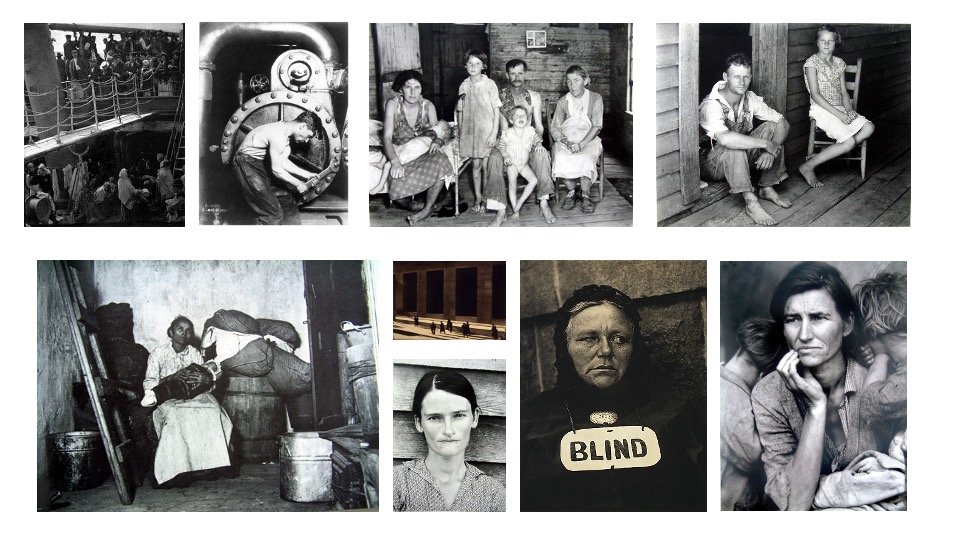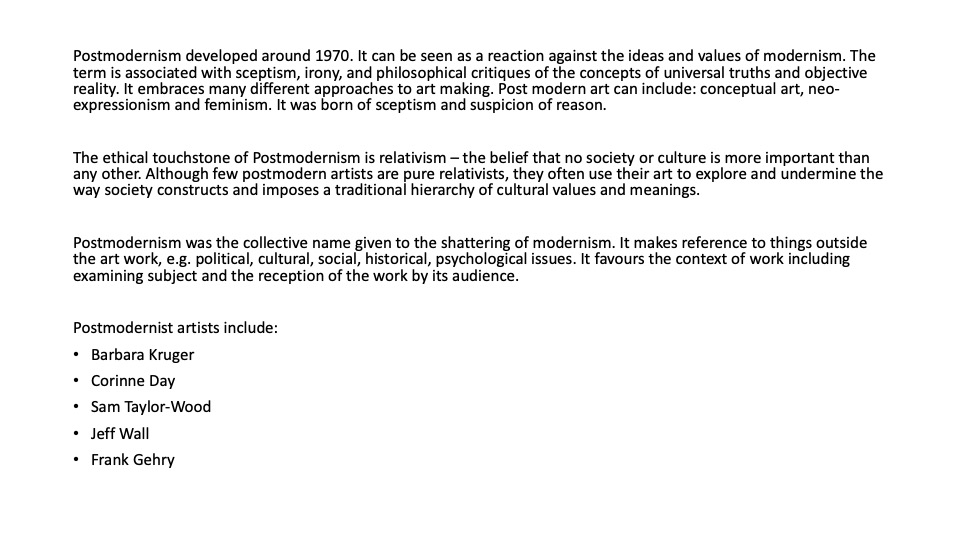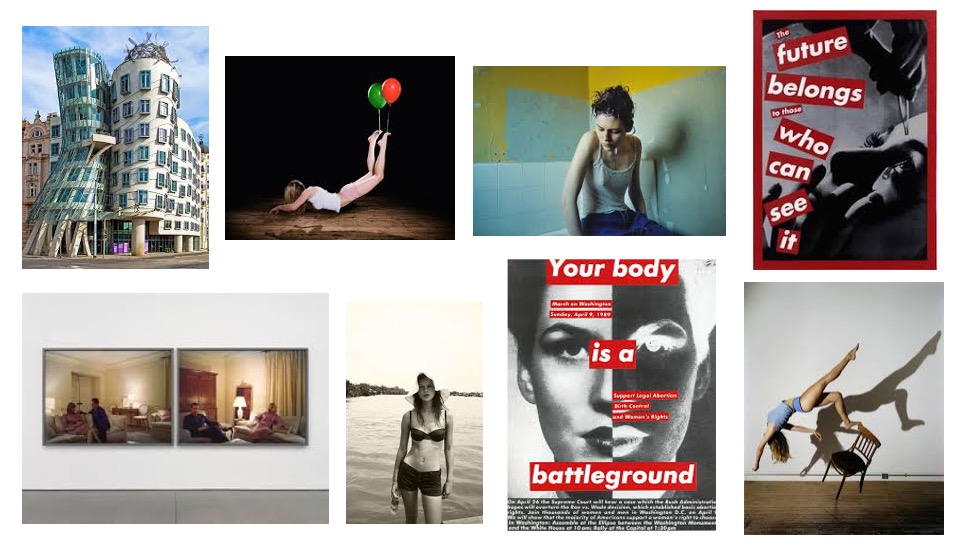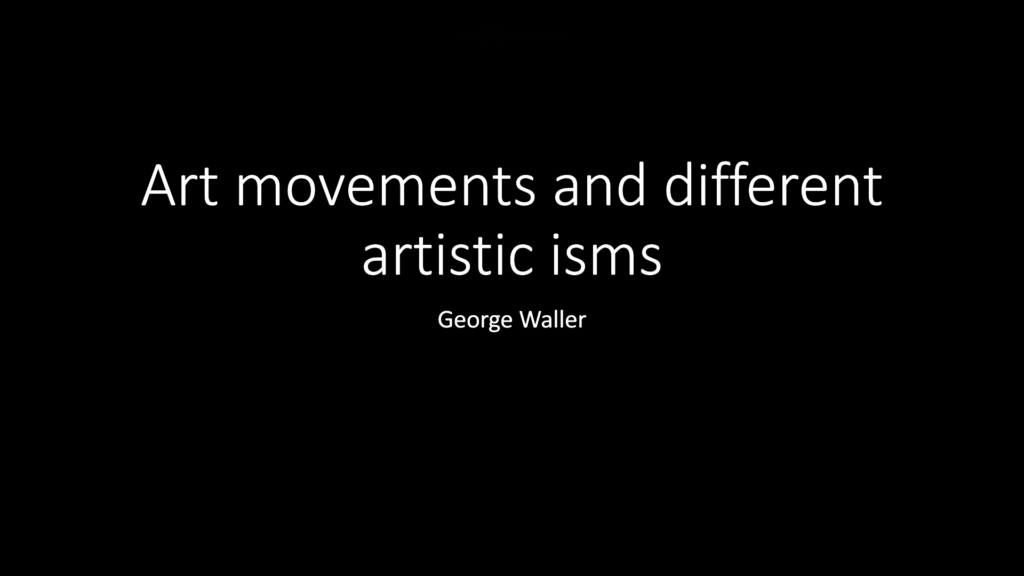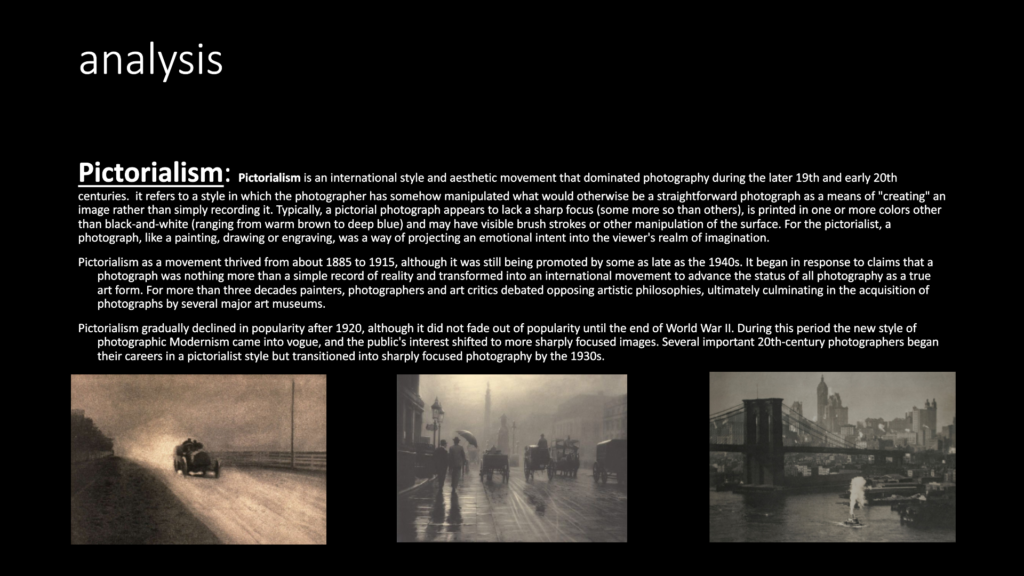TITLE: Wake Up
THEME: Dreams/Surrealism (Rebellion)
INTENTIONS: to express life where someone may be experiencing poor mental health to do with anxiety, dissociation and nihilism. In the film/zine, dream-like springs to mind when I’m thinking of what I visualise for my project. I will link my film to rebellion and how mental health rebels against its subject. I also want to demonstrate the main character rebelling against society norms; to think that life is just a game or that nothing that you do has much meaning behind it which relates to nihilistic thoughts.
SUBJECTS: dissociation/anxiety/mental health/nihilism/isolation/togetherness/art/identity/unawareness/dream/fantasy/realism/reality
TECHNIQUES: Tripods, personal perspective, specific editing to put my point across, transitioning from different scenes by using objects and shades which are similar to each other.
VISUALS: What a person with these issues may see in their life and how their mental affects them and the people around them. The effects I will use to edit the film/zine will show people and objects fading away as the person is quickly becoming somewhat nihilistic and unaware of their surroundings. I also want to try and do a lot transitions that interest the people watching to make the viewer feel more immersed in what they are watching and make them feel like they’e coming back to reality after they’ve stopped watching.
SOUND: A lot of eerie sounds to symbolise dissociation and how the person may feel like they’re in another world. The phrase “zoning out” relates to this and is the easiest way to describe what dissociation may be like; the person becomes unaware of the world around them and goes in to a state of day dreaming of some sorts. When thinking about what music I might put in the background I was thinking of putting the start if bohemian rhapsody by Queen at the beginning of the film, as it has lyrics that may relate to my project.
INSPIRATION: My own life and what I’ve experienced or heard from the people around me with their own mental health issues. I also think about the film split when it comes to the conceptual and contextual side of the film/zine as the main character in the film has a disorder where he dissociates himself from who he truly is and the life he is living, although I am not basing my project off of a personality disorder and I am basing it off of thew dissociation dude of things. As well as David Lynch’s work and Chris Nolans work, more specifically the film -Inception.
STEP BY STEP:
The Reality:
- Filming me sitting on the sofa
- Filming the tv and putting on creepy 50’s tv shows on the tv
- Flipping back and forth from the shots
- Show glitching on the tv and start to add UP music to the scene to transition into the first day.
First Day:
- My Room – Filming waking up from two different angles and flip between them making sure to get good lighting – around Golden hour.
- Film daily routine of getting dressed, doing make up and brushing teeth.
- Leaving the house – filmed from different angles, and then walking into school with a friend.
- School- looking in the mirror and washing hands and sitting with friends also filmed from different angles.
- Going home- walking out of school with a friend and then walking back to my house.
Second Day:
- My Room – Filming waking up from two different angles and flip between them making sure to get good lighting – around Golden hour.
- Film daily routine of getting dressed, doing make up but taking out brushing teeth to make the day slightly shorter but overall showing the same thing but a different day.
- Leaving the house – filmed from different angles, and then walking into school with a friend BUT starting to show a sense of there being something wrong by adding glitching graphics and filming me walking by myself then editing the two scene together to make it look as if my friend is disappearing.
- School- looking in the mirror and washing hands and sitting with friends also filmed from different angles but do the same glitching as last time as well as myself disappearing to make a pattern of something going wrong. As well as making thew audio glitch to have the full effect.
- Going home- walking out of school with a friend with the glitching again and cutting out walking home to shorten the day.
Third Day:
- My Room – Filming waking up from two different angles and flip between them making sure to get good lighting – around Golden hour.
- Film daily routine of getting dressed, doing make up but taking out brushing teeth to make the day slightly shorter but overall showing the same thing but a different day. As well as starting add glitches within my house and cutting out scenes to make the day shorter.
- Leaving the house – filmed from different angles, and then walking into school with a friend and adding glitching graphics and filming me walking by myself then editing the two scene together to make it look as if my friend is disappearing again but again making the day shorter.
- School- looking in the mirror and washing hands and sitting with friends also filmed from different angles but do the same glitching as last time as well as myself disappearing to make a pattern of something going wrong. As well as making thew audio glitch to have the full effect.
- Going home- walking out of school with a friend and then walking back to my house but filming from different angles and standing in different places to edit me glitching into different places.
Final Part:
- My Room – Filming waking up from two different angles and flip between them making sure to get good lighting – around Golden hour but adding glitches right from the start to show that nothings right.
- Starting my daily routine but adding glitching and other shots of me wearing white contacts and looking possessed and staring to add colour to the black and white movie to show reality come back into place. As well as adding demonic sounds to make the viewer feel more disturbed.
- Adding the shot of me having white eyes with a lighter and then glitching back into reality.
Back to The Reality:
- Transitioning out of the glitching screen
- Filming me sitting on the sofa and then fading into the title screen – WAKE UP





